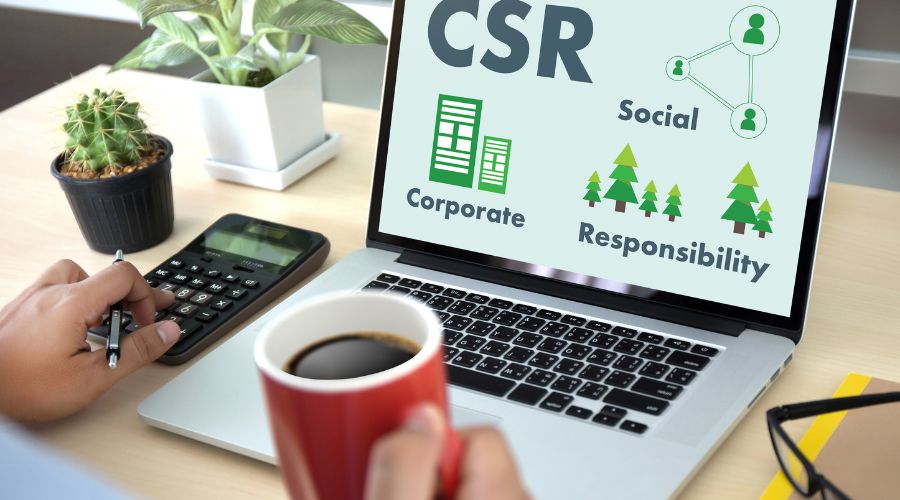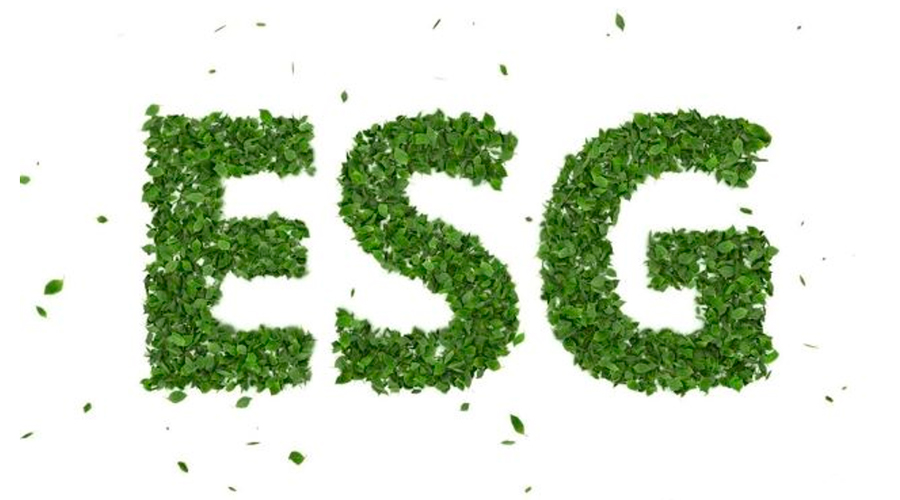The first concepts of Corporate Social Responsibility (CSR) started to appear during the 1990s, from the detection of the need to unite in a single effort actions on philanthropy, ethics and legality, ensuring economic growth. A new type of company, which would set its sights not only on profitability but also on creating appropriate working contexts and environments and could enrich, not only economically, all stakeholders.

Over time, CSR became a standard of internal corporate values to guide decision making and to be able to evaluate positive impact actions against the already assumed negative impacts. Dozens of initiatives and regulations, both public and private, invaded the global business fabric and familiar concepts such as social responsibility reporting began to appear.
Although it is true that, in its early days, CSR did not focus too much on environmental concepts, the arrival of the 21st century and awareness of major environmental problems, such as climate change, environmental pollution and the loss of biodiversity, gradually made them its own and it is understood that environmental issues form part of CSR.
The road to ESG
Understanding that CSR began to lay the foundations for change, it is the need for measurement, evaluation and reporting that has changed the rules of the game for good. And that is where social, governance and environmental (ESG) criteria come in. Today, companies’ social responsibility goes beyond their doors, having to understand, analyse and mitigate the impacts that occur both upstream and downstream of their process. To do this, it is key to know your value chain and make it responsible and for this it was necessary to create a standard of measurement, not only of principles, that would allow you to measure, analyse, compare and demand reductions, compensations or mitigations. ESG criteria are a set of criteria to measure your alignment with the social principles of your company and the principles, goals and targets that reality has put on the table (United Nations principles, Sustainable Development Goals and Targets). What used to be a goal towards social responsibility, today becomes a goal towards sustainability and that triple impact strategy: social, environmental and economic.







